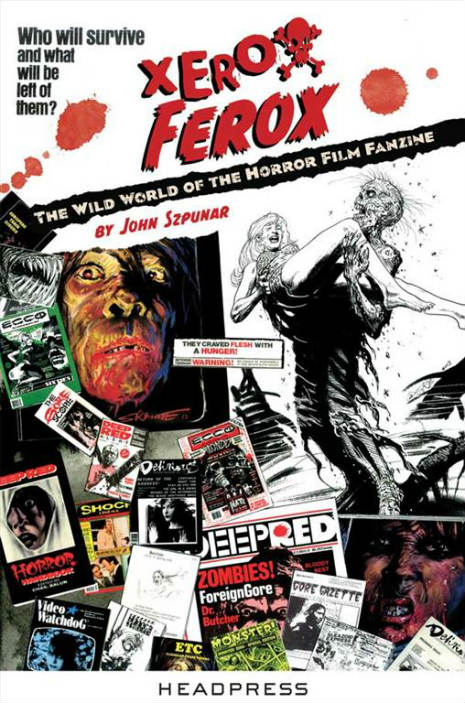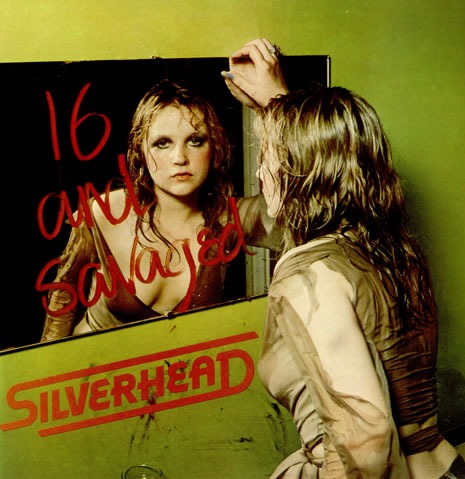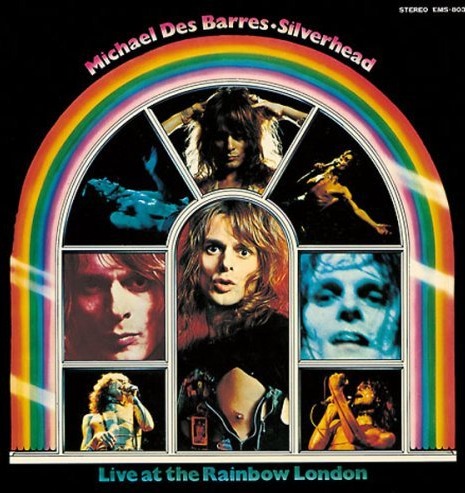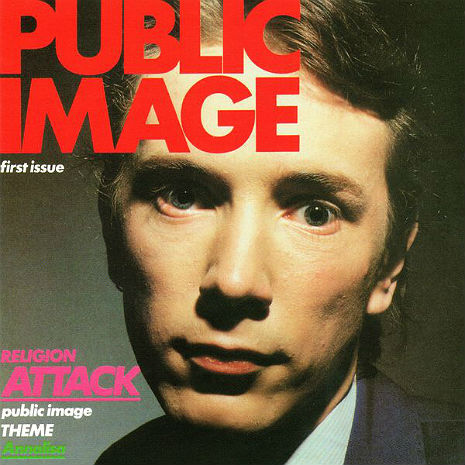
“A certain magician may 100% believe in the existence of spirits or gods actually existing in the universe,” explains Adrian Dobbie, President of the Electoral College of the UK chapter of Aleister Crowley’s Ordo Templi Orientis. “Or, if you do some magical evocation to summon a spirit of the Goetia and you communicate with it, that it is definitely a thing. And then there’s a whole other bunch of people, Crowley being one of them, who say, ‘actually these are simply properties of the mind.’ Personally”—he takes a pull on his pint—“I fall into the camp of the agnostic concerning whether these things exist.”
The two of us are sat in a very old pub in the City of London, near where Adrian works, surrounded by lawyers and bankers whose girth looks directly proportionate to their wealth—as if they got so fat literally eating money. For his part, the magician opposite me is a lean, healthy early forties, with short dark hair, a neat beard, and a ready wolfish smirk. (We have, unsurprisingly, picked out a quiet corner for our discussion.)
“The first solo ritual I ever did was very powerful to me,” he continues. “Because although I thought I’d rid myself of the whole Christian dogma—of a God in the sky who’s gonna punish me and all that stuff—the impact of that first, relatively innocuous ritual had on me was incredible. I thought: if the Bible is right I’m going to hell. That’s the line in the sand.”
A longtime Crowley reader and admirer, Adrian joined the OTO about a decade ago. I ask him about his first impressions—how the OTO’s 21st Century incarnation compared, say, to the Crowley heyday he must have grown up reading about…
“My initial experience was extremely positive. I was looking to contact the genuine article; I was looking for mentors, and I got that in spades. The OTO’s ‘heyday’ is today. When Crowley was alive, there was basically just one lodge in the whole world, and when he died there was still just a handful of people in the OTO—fifteen or thirty. Now, there’s over three thousand… But it’s nowhere near what it could be,” he concedes. “We’re still hiring community halls, and we’re still meeting in people’s houses. One of the biggest thing people have to overcome when they first get involved is a sense of disappointment. But that’s one of the first tests.”
Following our four-pints/interview, Adrian is nice enough to invite me to a Gnostic Mass in his native Brighton. (The official invitation attached to the email informs me that the ritual—designed by Crowley, and the organisation’s central rite—was to be preceded by a “TEDx” style talk!)
So, on an overcast September Sunday, I jump on a train from London, arriving in Brighton around midday. It is drizzling and cold. Stripped of her summer finery, the city feels provincial and drab, abandoned to its druggy intrigues for another nine months.
I may as well lay my cards on the table. Raised Catholic, and carrying a jangling jumble of latent Christian bric-a-brac, I prefer to remain precariously perched on the metaphysical fence. In short, I’m keen to cop a glimpse of a Gnostic Mass, but averse to actually nibbling some Cake of Light.
Regarding which, incidentally, I have other, altogether more mundane concerns…
A couple of days ago, I emailed a friend and mentioned my pending trip to Brighton. Their unexpected, seven-word response had read precisely thus: “DO NOT EAT THE CAKE OF LIGHT.” When I had inquired as to the source of such uncharacteristic upper-case vehemence, he had briefly responded that said cake reportedly included the priestess’s menstrual blood!
[Author’s Note: The OTO would like me stress that in fact the Cake of Light contains the merest homeopathic hint of this, shall we say, unorthodox ingredient. “A single drop of blood (which may be of any kind),” they write—sort of almost disappointingly really—“is mixed into the dough of one singular cake. That cake is then baked before being burned entirely to ash, which is then mixed into the dough of a batch that could make up to 50 or more cakes.” Your correspondent had imagined a kind of womb-drawn black pudding or occultnik yucky cookie. Which it very definitely is not. No occultists are ever harmed in the making of a Gnostic Mass.]
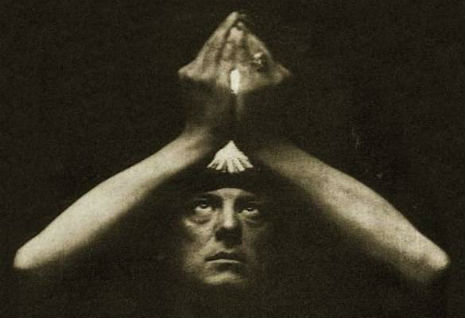
Quarter of an hour early, and frowning at my creased and printed map, I nervously shuffle up a gravel driveway running beneath a block of flats corseted in scaffolding. I’m early. At the end of the driveway less than half a dozen men are standing around outside the entrance of a small faux-Victorian community center.
Before I even reach them I can already hear the tripwires in my psyche (and stomach) a-twanging.
Adrian isn’t about, but I mention his name and introductions are made. This is a special, invitational Gnostic Mass, and a couple, like me, are invitees (though presumably bona fide neophytes rather than tremulous hacks). At least one seems a little nervous, while the OTO initiates—mostly middle aged men with either long hair or none, each with unusually pale blue eyes—inspect us with that slightly salacious curiosity with which people on one side of an experience examine those at its verge.
In the pub Adrian had referred to magick as “psychological transgression.” I can see what he means! The atmosphere is a distinct mixture of the religious and the illicit—as if we were all here for an afternoon of metaphysical dogging.
More people start to arrive, men and women now of varying ages and types. Adrian, our priest, emerges from the community hall along with our priestess, a beautiful Eastern European with dark eyes and darker jewelry. I smile and nod and shake hands, leaning up against a parked car and feeling disingenuously attired in the guise of a prospect.
A thickset guy perhaps in his early thirties, with protuberant features and a hoodie baring a Crowley sigil, strikes up some conversation. He seems simultaneously affable and sly, and describes a weekend that has taken him from Glastonbury to London to Brighton, conducting various initiations. “We have a saying here,” he says matter-of-factly, fishing out a prepackaged sandwich. “No-one’s going to teach you but there’s lots of people who will help you learn.” He tucks in. It’s cheese and onion, and with each dizzying bite it occurs to me that, given the choice between this and Cake of Light, I might very well plonk for the latter.
“The tech,” he mutters (I think—?), “is powerful.”
“The tech?”
He looks at me, a little incredulously.
“The magick. The magick is very powerful. You might leave with a big smile on your face and you don’t know where it’s come from, or you might not get anything for a couple of days. But you’ll get something.”
“I was kind of hoping just to observe. Is it obligatory to participate?”
He gives me a very close look. It enters me like a stick gauging the depth of the water.
“Everyone,” he says, firmly, “is expected to take the sacrament.”
Shit.
He slips off, leaving me to freak out. I’m feeling as conspicuous as the copper in The Wicker Man
To my left stands a rather dapper old hippy with bright white beard and hair. I seem to remember being introduced to him as a fellow guest. We nod at one another.
“So,” I ask, venturing some occult small talk, “is this your first Gnostic Mass?”
“No, but it is my first for maybe… fifteen years.”
“Why the wait?”
“Oh,” he says, narrowing his (very blue) eyes. “I haven’t been waiting at all.”
Hail Mary, full of grace
I’m just readying myself to go scrambling back up the drive, pebbles pinging off my kicking heels, when the rain picks up, and the congregation, now thirty strong, begins to file into the community hall. And, against my better judgment, I file in along with them.
Within the twee, cake-sale space, an OTO temple has been installed – an effect both amusingly incongruous and disturbing, like an Alsatian mounting a poodle. I clock an embroidered checkerboard, Eye of Horus and nosediving dove, but much seems to be “occluded” in anticipation of the mass (we have, remember, that “TEDx-style” talk scheduled first)—what looks like an alter peeps out above a thick purple curtain.
Chairs have been laid out in rows before a little lectern, which Adrian presently ascends for the oration.
“There’s been a lot of speculation,” he begins, “about this being some kind of big OTO recruitment drive or something like that. So I just want to clear this up right away… it absolutely is.”
The room cracks up. Adrian, in his hyper-articulate fashion, talks Crowley, the OTO, and religious freedom for half an hour. The atmosphere, to be sure, is pretty dense—I’m certainly feeling the tech—and I sit desperate to leave but pinned to my seat by a combination of politeness and self consciousness.
Following the talk a loose-limbed discussion ensues, until the seated priestess starts catching Adrian’s eye and tapping her wrist. I try to remember if, in the Inferno, Virgil ever sweeps a hand across a burning lake of yelping Englishmen, nonchalantly explaining to Dante how “these dickheads managed to damn themselves out of social awkwardness.” Any second, I guess, the Gnostic Mass will get underway, they’ll break out the Cake of Light, and it’ll be even harder to leave.
“Right everyone,” says Adrian, taking the priestess’s visual cue. (This, I suppose, is it. Open wide.) “We’re going to have a short break now, while we get everything ready for the Gnostic Mass.”
Hallelujah! The rain has let up, and about three quarters of the congregation shuffles back outside for a pre-prandial cigarette and chat, while the remaining occultists busy themselves rearranging the chairs, pulling back the curtains, and preparing the hall. I goosestep over them, making a beeline for an amused and bemused Adrian, who I shower in incoherent apologies before hightailing it back to London…

